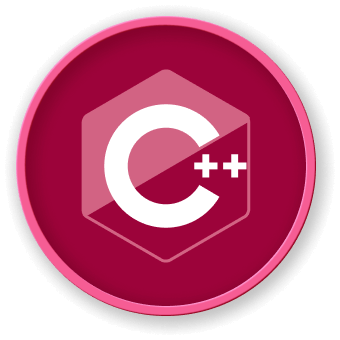Vector Initialization Basics
Introduction to Vectors in C++
In modern C++ programming, vectors are a powerful and flexible container from the Standard Template Library (STL) that provide dynamic array functionality. Unlike traditional arrays, vectors can automatically resize and manage memory, making them an essential tool for efficient data storage and manipulation.
Basic Vector Declaration
There are multiple ways to initialize vectors in C++. Here are the most common methods:
#include <vector>
// Empty vector
std::vector<int> emptyVector;
// Vector with specific size
std::vector<int> sizedVector(5); // Creates a vector with 5 elements, all initialized to 0
// Vector with specific size and initial value
std::vector<int> filledVector(5, 10); // Creates a vector with 5 elements, all set to 10
Initialization Techniques
List Initialization
C++11 introduced list initialization, which provides a more concise and readable way to create vectors:
// Direct list initialization
std::vector<int> numbers = {1, 2, 3, 4, 5};
// Uniform initialization
std::vector<std::string> fruits{
"apple", "banana", "cherry"
};
Copy Initialization
Vectors can be easily copied or initialized from other containers:
std::vector<int> original = {1, 2, 3};
std::vector<int> copied(original); // Creates a new vector as a copy
Vector Initialization Methods Comparison
| Method |
Syntax |
Description |
| Default |
std::vector<T> vec; |
Creates an empty vector |
| Size-based |
std::vector<T> vec(size) |
Creates vector with specified size |
| Value-based |
std::vector<T> vec(size, value) |
Creates vector with size and initial value |
| List Initialization |
std::vector<T> vec = {1, 2, 3} |
Creates vector with initializer list |
When initializing vectors, consider these performance tips:
- Use
reserve() to pre-allocate memory for large vectors
- Avoid unnecessary copies by using move semantics
- Choose appropriate initialization method based on your use case
std::vector<int> largeVector;
largeVector.reserve(1000); // Pre-allocates memory for 1000 elements
Best Practices
- Prefer list initialization for readability
- Use
reserve() when you know the vector's approximate size
- Be mindful of performance when creating large vectors
- Use move semantics for efficient vector transfers
By understanding these initialization techniques, you can write more efficient and readable C++ code with vectors. LabEx recommends practicing these methods to gain proficiency in vector manipulation.




